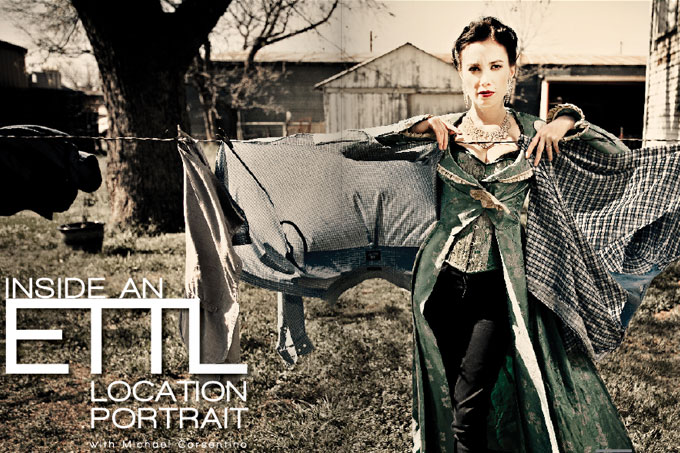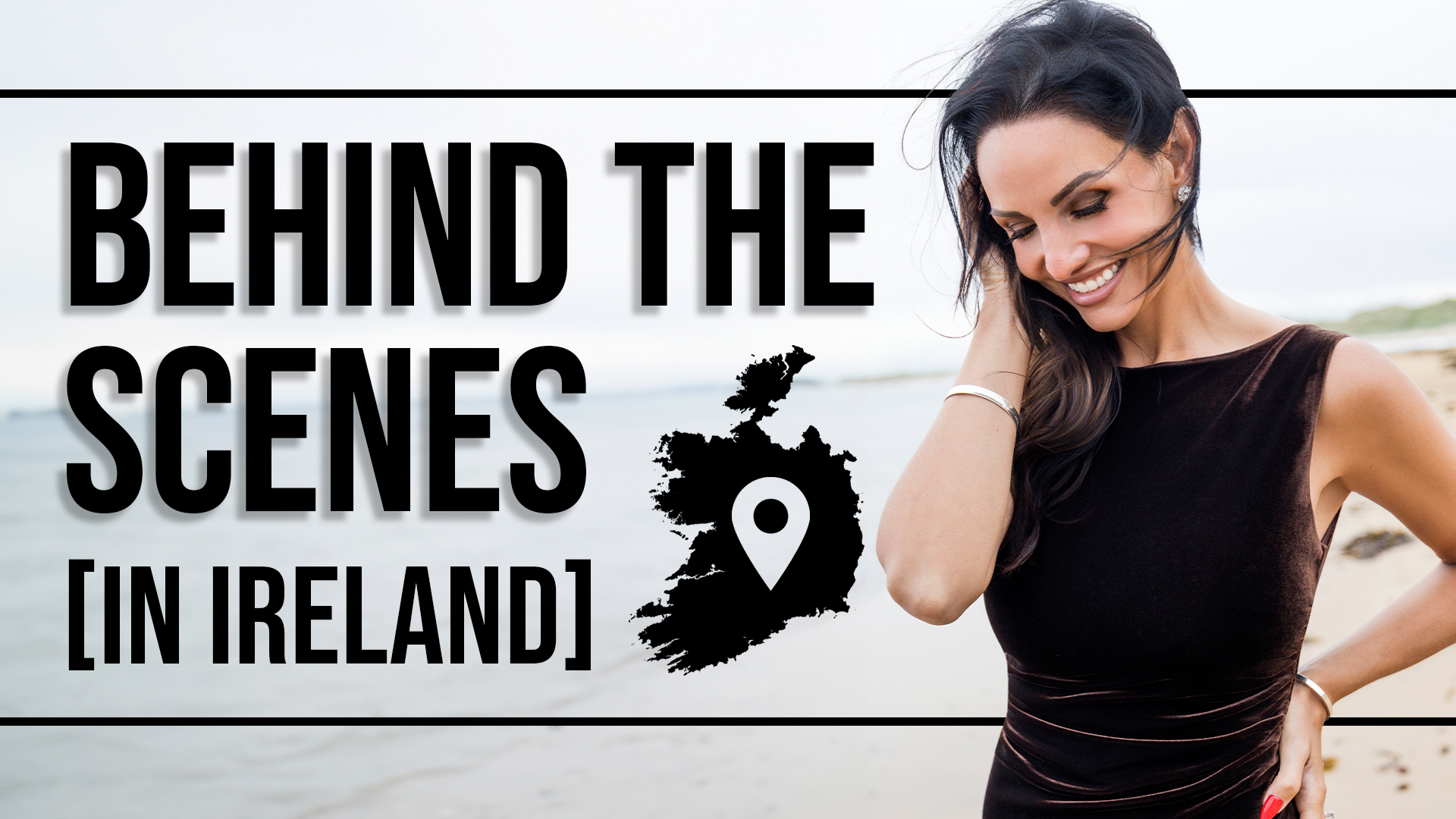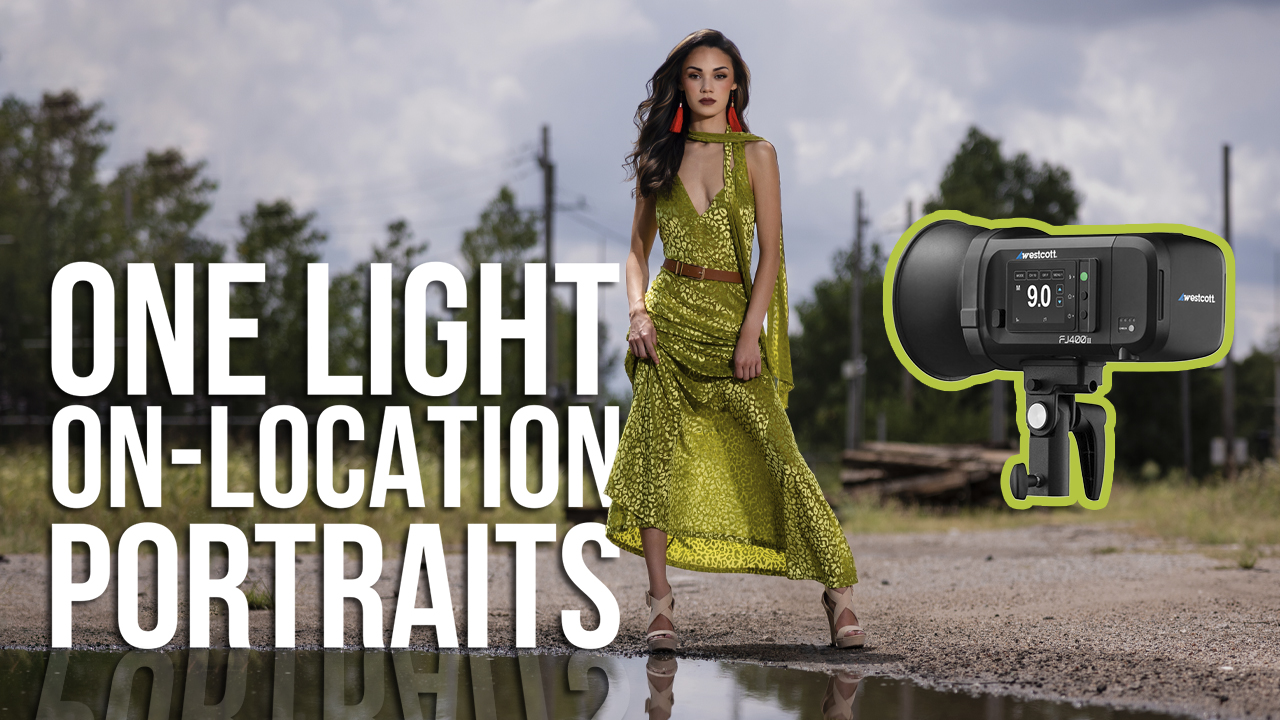// Flash Photography
After last month’s Top 10 Speedlite Techniques feature I got a lot of requests for more…more in-depth coverage, more explanations, more diagrams and examples. So this month you’ve got ‘em all as I take you behind the scenes of this location portrait created using Speedlights and the simple-to-use ETTL (Canon) or iTTL (Nikon) flash exposure mode. This is a great mode to work in when you feel the need for speed just getting your feet wet working with Speedlights on location. Speed and flexibility are big assets when working on location. Because of this I often mount my Speedlights on extension poles and have assistants control their position and angle. Working this way allows me to move quickly, keeps me very mobile and avoids the need for permits, which are sometimes required when using stands. In situations like these where the distances between the lighting, the subject and my position frequently vary, the ETTL/iTTL flash exposure mode is perfect.
This is because selecting ETTL/iTTL on Speedlights used off-camera, and also set up for wireless communication with the camera, keeps them linked to the camera’s metering system as though they were mounted in the camera’s hot shoe. It’s important to note as I mentioned in last month’s Top 10 Speedlight Techniques that even though the camera calls the initial shots you still have control over the exposure! ETTL/iTTL just gives you a solid starting point. In the event you want something different than what the camera’s brain thinks is appropriate, you can tweak the amount of flash and ambient light contributed to the exposure by using flash exposure compensation, aperture and shutter speed (see my video for more on this).








